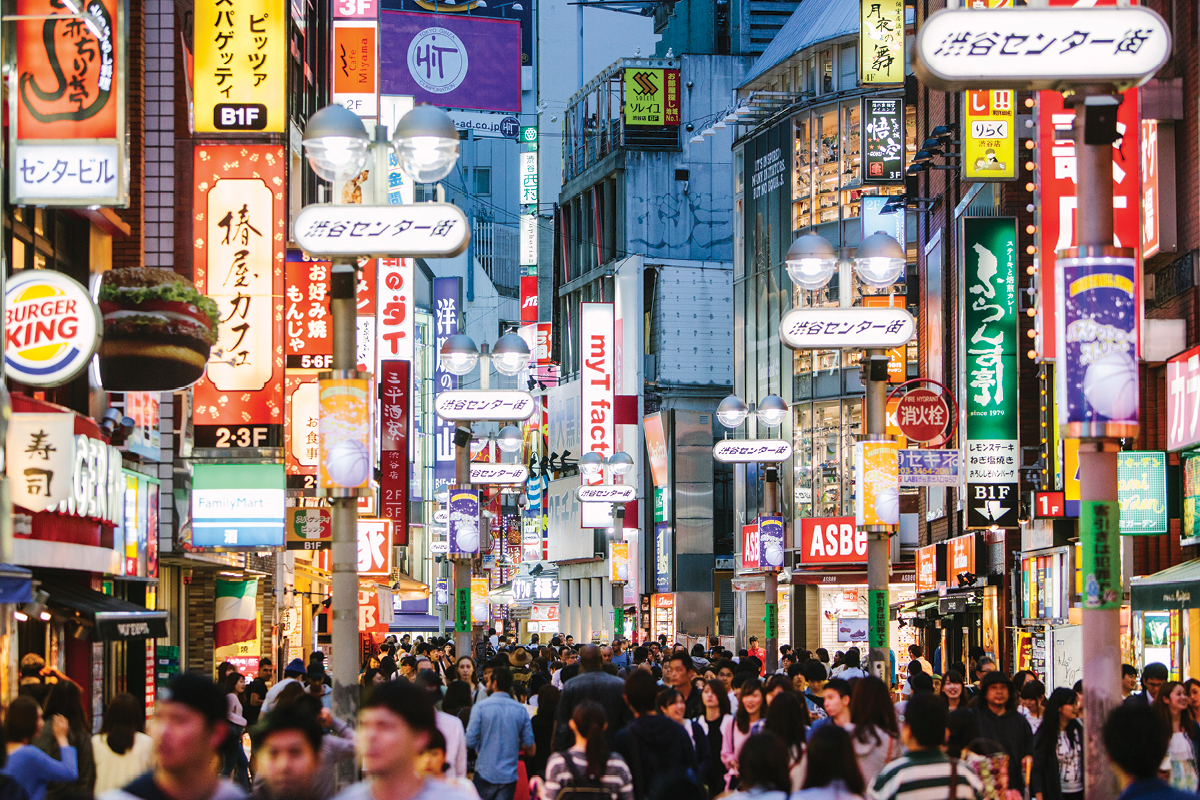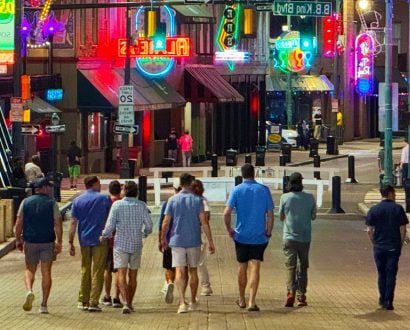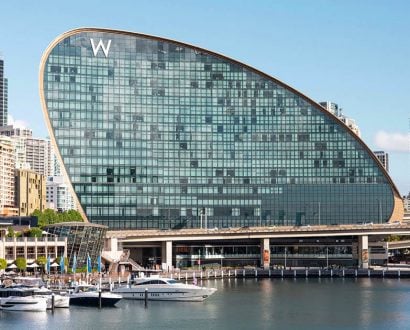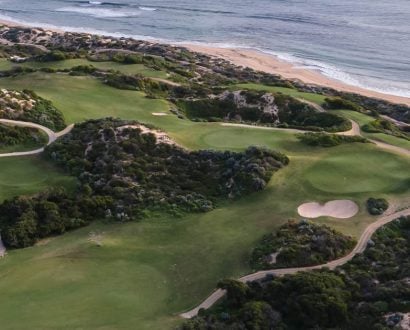Where to stay
City from the sky
The Prince Gallery Tokyo Kioicho
Walk out of the elevator on the 36th floor of the Tokyo Garden Terrace building and you are met with a grand view of the city skyline, before turning right to check in your bags with some of the friendliest hotel staff around. Recently refurbished, all features in this Chiyoda-based hotel, including all the lights and blinds, can be controlled from the room’s tablet computer. In another display of hotel futurism, a press of a button on the wall sees the clear glass surrounding the bathroom instantly turn opaque.

By the moat
Palace Hotel Tokyo
Centrally located and boasting a view overlooking the moat enclosing the Imperial Palace, it is one of the few hotels in Tokyo not directly facing another building. Like The Prince Gallery, the Palace Hotel has also gone through a recent makeover. One floor is dedicated to the hotel’s eight restaurants, offering a wide range of cuisines, but for a truly relaxing experience, try the Evian Spa with its spacious massage rooms and plethora of treatments on offer.
Oriental luxury
Mandarin Oriental, Tokyo
If you want to really splurge, book the Mandarin Oriental’s Presidential Suite. In contrast to the minimalist aesthetic of many hotels in Japan’s capital city, the 250-square-metre suite is bold and in-your-face. Commissioned artworks decorate the rooms to give a sense of place – immersed in Tokyo culture. With a walk-in wardrobe, window-facing Jacuzzi, a study, living room, pantry, powder room and a dining room for eight, all this could be yours starting from A$17,312 per night.
Where to eat
Classic dining
Washoku Souten
A quick walk down the stairs from the reception area of The Prince Gallery lies the Washoku Souten restaurant. The restaurant’s decor evokes ice, with its frosted chandeliers and metallic geometric patterns spread throughout, giving a feeling of freshness much like the food it serves. Depending on your mood, you can eat at the first-rate sushi bar or opt for the delicately balanced eight-course meal offering the finest of modern Japanese cuisine. Notable dishes include the venue’s trademark braised and fried pork and, in a wild combination, the Zensai, consisting of wasabi mousse mixed with sea urchin and consommé jelly.

Michelin star
Kagurazaka Ishikawa
As one of only 12 restaurants in the city to hold three Michelin stars, this is Japanese cuisine at its most inventive. Nestled in the centre of Shinjuku, the restaurant’s minimalist interior is perfect for those wanting a more intimate vibe. Named after its chef and owner, the restaurant doesn’t have a fixed menu, and the food changes daily, suiting those who want the best but also like a little bit of adventure. Seafood and seasonal vegetables have tended to dominate the menu in the past, such as the Hokkaido sea urchin and abalone. There is impeccable attention to detail in every presentation, including rice that tastes so good that many patrons leave with a doggy bag of it at the end of the night.
Where to drink
New York Bar
This Shinjuku joint on the top floor of the Park Hyatt is well-known as the bar featured in the Oscar-nominated film Lost in Translation. As for choosing the right drink, that’s easy. Go for the Suntory whisky, just like Bill Murray’s character in the movie.
Blue Note
If there’s an experience that is more authentically late-night Tokyo than this, it’s yet to be discovered. Founded in 1988, this venue has hosted jazz legends such as Tony Bennett and Roberta Flack. Interesting fact – American bass guitarist Donald ‘Duck’ Dunn, after he performed five double shows at the venue in 2012, died peacefully in his sleep at a nearby hotel. Bar Rage This bar is ironically more laid-back than its name suggests. Fresh-fruit martinis are where this bar’s true specialty lies. Bar Rage has a network of establishments, but head to the one on the third floor of the nondescript Aoyama Jin & IT Building in the Minato District. If you get there and think you’ve reached the wrong place, don’t fret, it’s a speakeasy, meaning there are no signs to guide patrons.

Where to go
Mori Art Museum
Located on the 53rd floor of the Mori building in Roppongi Hills in the Minato District, this institution focuses more on temporary exhibitions of leading contemporary artists, rather than curating a permanent collection.
Past artists featured include Bill Viola, Takashi Murakami and Tim Burton of Edward Scissorhands fame.
Samurai Museum
If you have a couple of hours to kill, visit this ode to a fascinating part of Japanese history and culture.
The tour guides bring the history of the samurai to life in a way that engages and inspires even a disinterested visitor.
Offering tours in English and Japanese, the museum also allows visitors to try on some armour and the traditional kimono clothing, plus there’s a 10-minute samurai display that’s not to be missed.
Take a day trip
Mount Takao
If you want a break from the lights and crowds but don’t have enough time to travel to Mount Fuji and back, put on your hiking gear and head to Mount Takao instead, just a one-hour train ride from Tokyo. Part way up the mountain you encounter Yakuoin Temple, built in 744 as a Buddhist shrine for the east of Japan. Once you reach the summit, 599 metres above sea level, you are rewarded with views of both Tokyo and Mount Fuji.

In the know
Francesco Cresci, Head of Japan & Korea, Automobili Lamborghini
Where do you go on your days off?
If it’s been a stressful week then I look for a relaxed atmosphere with parks or hot springs. My favourite parks are Shinjuku Gyoen National Garden and Yoyogi Park. For hot springs, I usually go to the Hakone area, which is only 90 minutes from Tokyo.
Secret spot to visit?
Golden Gai gives you a full immersion of Japanese nightlife. It’s a network of six alleys connected by passageways where there are more than 200 bars, clubs and restaurants with a variety of Japanese meals and drinks. It provides unforgettable entertainment.
Best place for a foodie?
I recommend Kushiwakamaru, one of my favourite yakitori restaurants. Being Italian, I would also recommend Di Giorgio Restaurant in Azabu-Juban.
Must-do?
There are so many, but I’m limiting myself to three places: Meiji Shrine, Tokyo’s most famous Shinto shrine; Tsukiji Market, the oldest and biggest fish market in the world; and, last but not least, the Ebisu area. Ebisu is known for its cosy and small restaurants, pubs and those famous tachinomiya standing bars.











